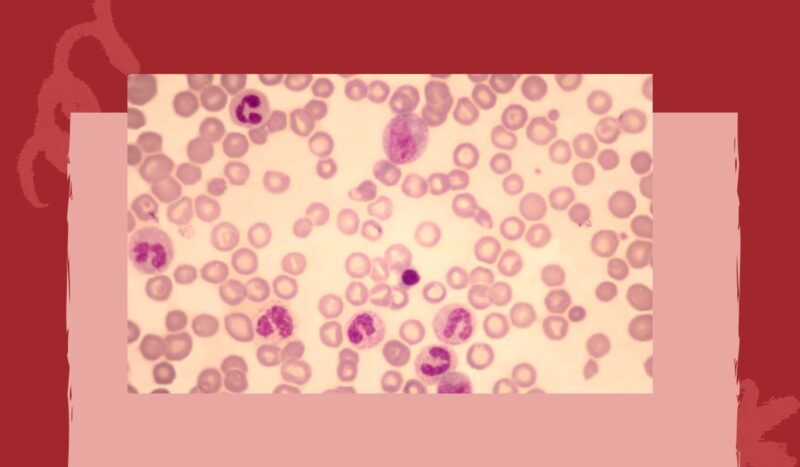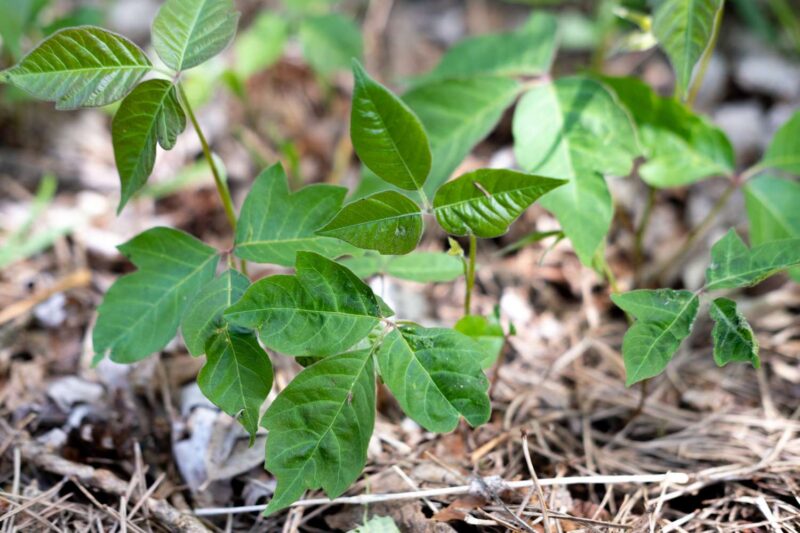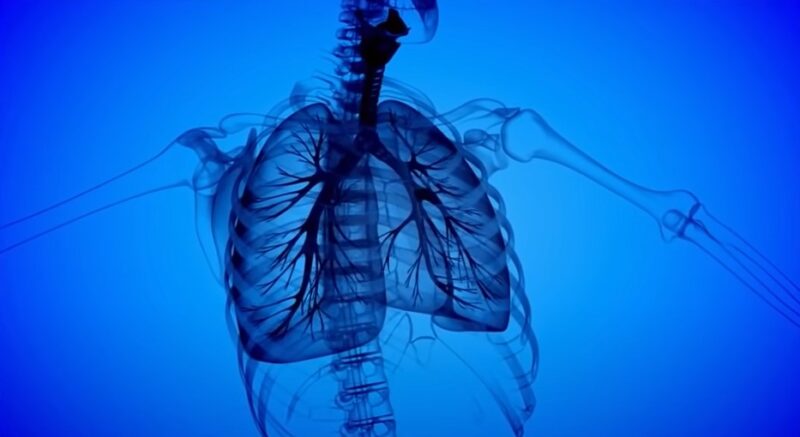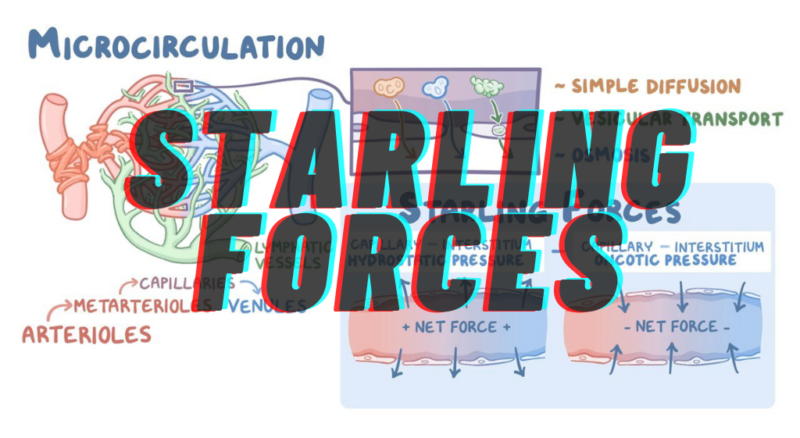The bacterial cell wall, although appearing deceptively simple, is truly a remarkable feat of nature’s ingenuity. It serves not only as a foundation for the bacteria, but also plays a crucial role in its survival and interactions with the surrounding environment.
In this post, we will explore the details regarding the bacterial cell wall, its different types, and the immense importance of each variation.
Peptidoglycan
Peptidoglycan, which serves as the main building block of bacterial cell walls, is truly an interesting molecule. It consists of a combination of four amino acids (peptido-) and two sugars (-glycan), and these individual peptidoglycan units intricately connect with each other across the cell wall, establishing a strong and protective barrier.
The enzyme Transpeptidase plays a vital role in facilitating this interconnection process. Interestingly, it becomes the focal point of medical research due to its susceptibility to Beta-lactam Antibiotics and Vancomycin. This intriguing characteristic makes it an essential subject of study in the field of medicine.
Gram Positive Bacteria
Gram Positive Bacteria have a distinct feature—a thick layer of peptidoglycan that surrounds the cell membrane. Interestingly, this cell wall contains chains of a sugar called Teichoic Acid, which is known to be a powerful inflammatory agent.
In humans, when Teichoic Acid is released in large quantities throughout the body, it can lead to the development of Septic Shock—an extremely serious medical condition.
- Teichoic Acid: A sugar chain present in the cell wall of Gram Positive Bacteria.
- Septic Shock: A life-threatening condition caused by an inflammatory response to bacteria.
As per Edwin S. Van Amersfoort’s research, teichoic acid consists of extended chains made up of ribitol phosphate units, some of which are substituted by d-alanine connected through ester bonds. This teichoic acid is attached to the muramic acid within the cell wall’s peptidoglycans (PGNs) through phosphodiester linkages.
Gram Negative Bacteria
Gram-negative bacteria, unlike their Gram-positive counterparts, have a thinner peptidoglycan layer. This layer is located above the cell membrane but doesn’t directly contribute to it. Interestingly, it lacks Teichoic Acid. Above this peptidoglycan layer, there is an additional lipid bilayer called the “Outer Membrane“.
Unlike Gram-positive bacteria, Gram-negative bacteria have two highly distinct membranes that delimit an aqueous cellular compartment called the periplasm. – Jiawei Sun
This membrane possesses a unique molecule known as Lipopolysaccharide (LPS). LPS consists of both lipid (lipo-) and multiple sugar (-polysaccharide) components, and when released, it triggers significant inflammation in humans. When present at high systemic levels, it can result in Septic Shock.
The space between the inner and outer membranes of Gram-negative bacteria, referred to as the Periplasmic Space, contains bacterial proteins that have the ability to render antibiotics inactive, including Beta-lactamases.
Acid-fast Bacteria
Acid-Fast Bacteria possess a unique cell wall architecture that sets them apart from both gram-negative and gram-positive bacteria. What distinguishes them is their thick outer layer, rich in lipids and primarily composed of a fatty acid called “Mycolic Acid.”
This lipid layer, which rests on top of a layer of peptidoglycan and the sugar arabinogalactan, envelops the inner lipid membrane shared by all bacteria. The significant presence of the outer mycolic acid layer grants acid-fast bacteria resistance against the gram stain.
Interestingly, even when subjected to alternative dyes, their cell wall exhibits resistance to decolorization when exposed to acid alcohol. It is this distinctive quality that gives them the name “Acid-Fast.”
Acid-fast bacteria are gram-positive, but in addition to peptidoglycan, the outer membrane or envelope of the acid-fast cell wall of contains large amounts of glycolipids, especially mycolic acids that in the genus Mycobacterium, make up approximately 60% of the acid-fast cell wall. – Gary Kaiser
Cell Wall Absent Bacteria
Some bacteria don’t have cell walls and instead rely on their inner membrane to keep everything contained. This means they’re pleomorphic, which basically means they don’t have a specific shape. This unique structure gives them some advantages, but it also makes them vulnerable to certain dangers, which we’ll look into in later sections.
The Role of the Cell Wall
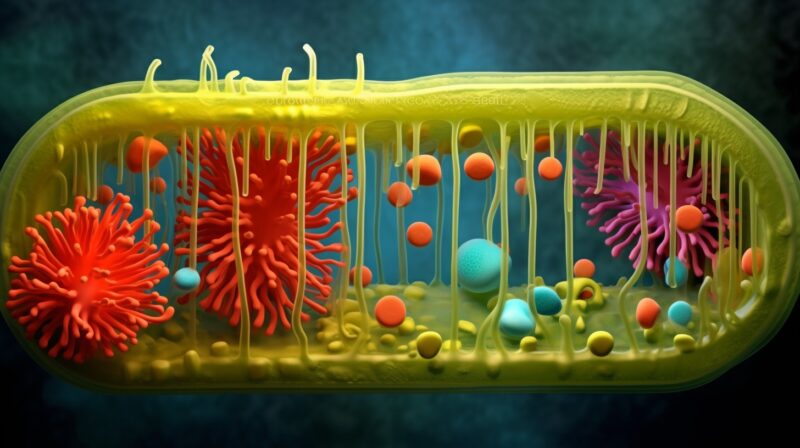
The bacterial cell wall actively gets involved in helping bacteria defend themselves. So, let’s take a closer look at how these walls lend a hand to bacteria in fending off dangers and making sure they stay alive.
Antibiotic Resistance
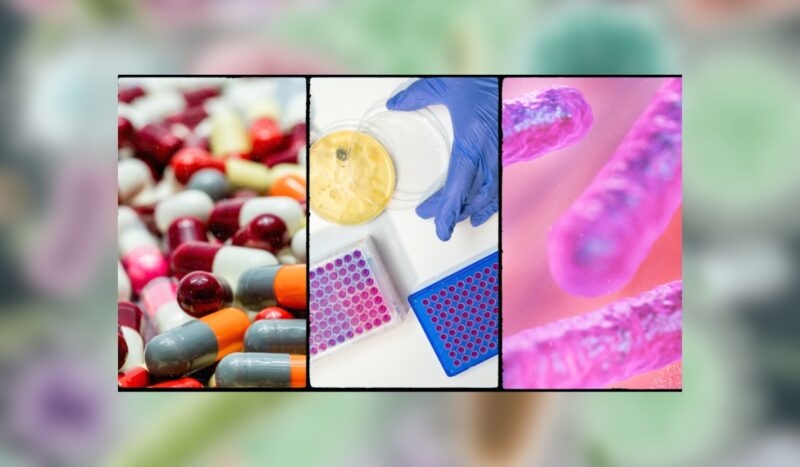
Antibiotic resistance is a major worry in today’s medical field. Bacteria have cleverly developed ways to fight against the power of antibiotics, and the cell wall plays a crucial part in this battle.
An example of this is the Beta-lactamases found in the Periplasmic Space of Gram Negative Bacteria. These little troublemakers can deactivate Beta-lactam antibiotics, making them useless in the fight against infection.
- Beta-lactam Antibiotics: A class of antibiotics that includes penicillins and cephalosporins.
- Beta-lactamases: Enzymes that break down and inactivate Beta-lactam antibiotics.
Osmotic Protection
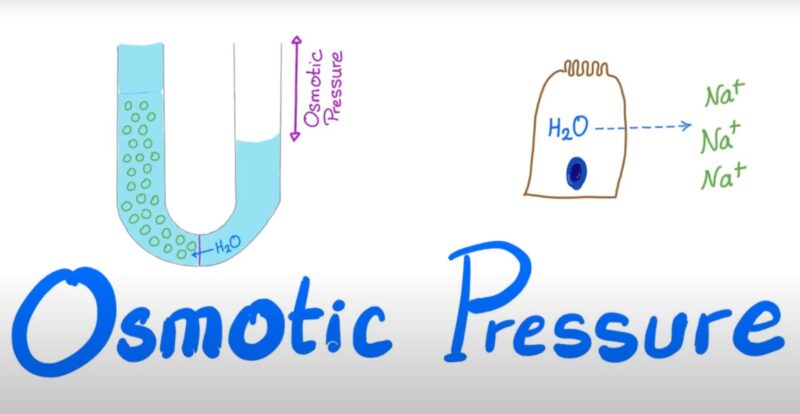
The bacterial cell wall is like a superhero shield that protects the cell from bursting when there’s too much internal pressure. When the environment gets all hypotonic, and the solute concentration outside the cell is lower than inside, water goes all gung-ho and tries to rush into the cell.
But fear not! The cell wall comes to the rescue with its rock-solid structure, making sure the cell keeps its shape and doesn’t pop. It’s like having a trusty bodyguard for the cell’s well-being.
Interaction with Host
Bacteria have a wide range of ways in which they interact with their hosts, and these interactions are often influenced by the components of their cell walls. While some of these interactions can be harmless or even helpful, others can have negative effects on the host.
Beneficial Interactions – Probiotics and Gut Health
Certain bacteria, especially some Gram Positive strains, are beneficial to human health. These probiotics, as they’re commonly known, have cell wall components that interact positively with the human gut, aiding in digestion and maintaining gut health.
- Probiotics: Live bacteria that confer health benefits to the host when consumed in adequate amounts.
- Gut Microbiome: The community of microorganisms living in the digestive tracts of humans.
Pathogenic Interactions – Infections and Inflammations
On the flip side, some bacterial cell wall components can cause diseases. For instance, the Lipopolysaccharide (LPS) in the outer membrane of Gram Negative Bacteria can trigger severe inflammation, leading to conditions like Septic Shock.
Similarly, the Teichoic Acid in Gram Positive Bacteria can induce inflammatory responses.



